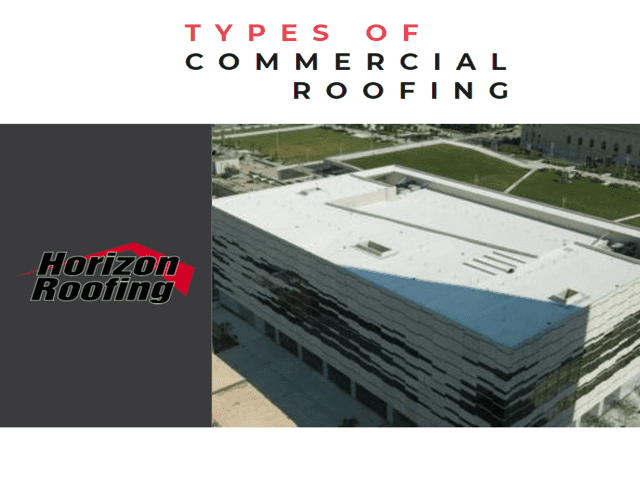Most low-slope commercial roofing systems have three principal components:
- Weatherproofing layer or layers — the weatherproofing component is the most important element because it keeps water from entering a roof assembly.
- Reinforcement — reinforcement adds strength, puncture resistance and dimensional stability to a membrane.
- Surfacing — surfacing is the component that protects the weatherproofing and reinforcement from sunlight and weather. Some surfacings provide other benefits such as increased fire resistance, improved traffic and hail resistance, and increased solar reflectivity.
Some commercial roofing systems feature roof membranes which may perform more than one function.
BUR (Built-Up Roofing) System
A traditional built-up roofing (BUR) system derives its name from the building of a roof on-site using layers of base sheet, interply sheets and cap sheet or other surfacing such as gravel or liquid coating.
Hot asphalt (bitumen) is the bonding and waterproofing agent between layers. BUR is suitable for most low slope roofing applications. The higher the quality of the BUR materials and asphalt used and the greater the number of plies (and separate asphalt moppings), the more superior the roofing system.
APP and SBS modified bitumen
In the 1970s, technological advances in asphalt sciences led to the development of modifiers such as APP (atactic polypropylene)and SBS (styrene-butadiene-styrene) which, when added to unblown (unoxidized) asphalt, impart either plastic (APP) or rubber (SBS) characteristics. These additives provide enhanced performance characteristics to traditional asphalt. When coupled with reinforcements, such as polyester (superior elongation abilities) or fiberglass (high tensile strength), they create high-performance roof membranes.
APP modified bitumen membranes are self-adhering when heated using a roofing torch. SBS modified bitumen membranes can be formulated for torch application, but are more commonly applied using hot asphalt or cold SBS modified bitumen adhesive. The result is a BUR system with significantly enhanced performance capabilities. Continuing improvements in technology have also resulted in self-adhering SBS roof membranes.
When an SBS or APP cap sheet is combined with traditional BUR base sheets and interply sheets, the result is a hybrid roof offering the best of both systems – multiple plies and superior performance and longevity.
All of these commercial roofing systems are excellent choices for industrial, institutional and residential low slope roofing. In choosing, factors such as site access, structural load, finished appearance, desired warranty and performance criteria should all be considered. Your CertainTeed commercial roofing territory manager can help with more information.


